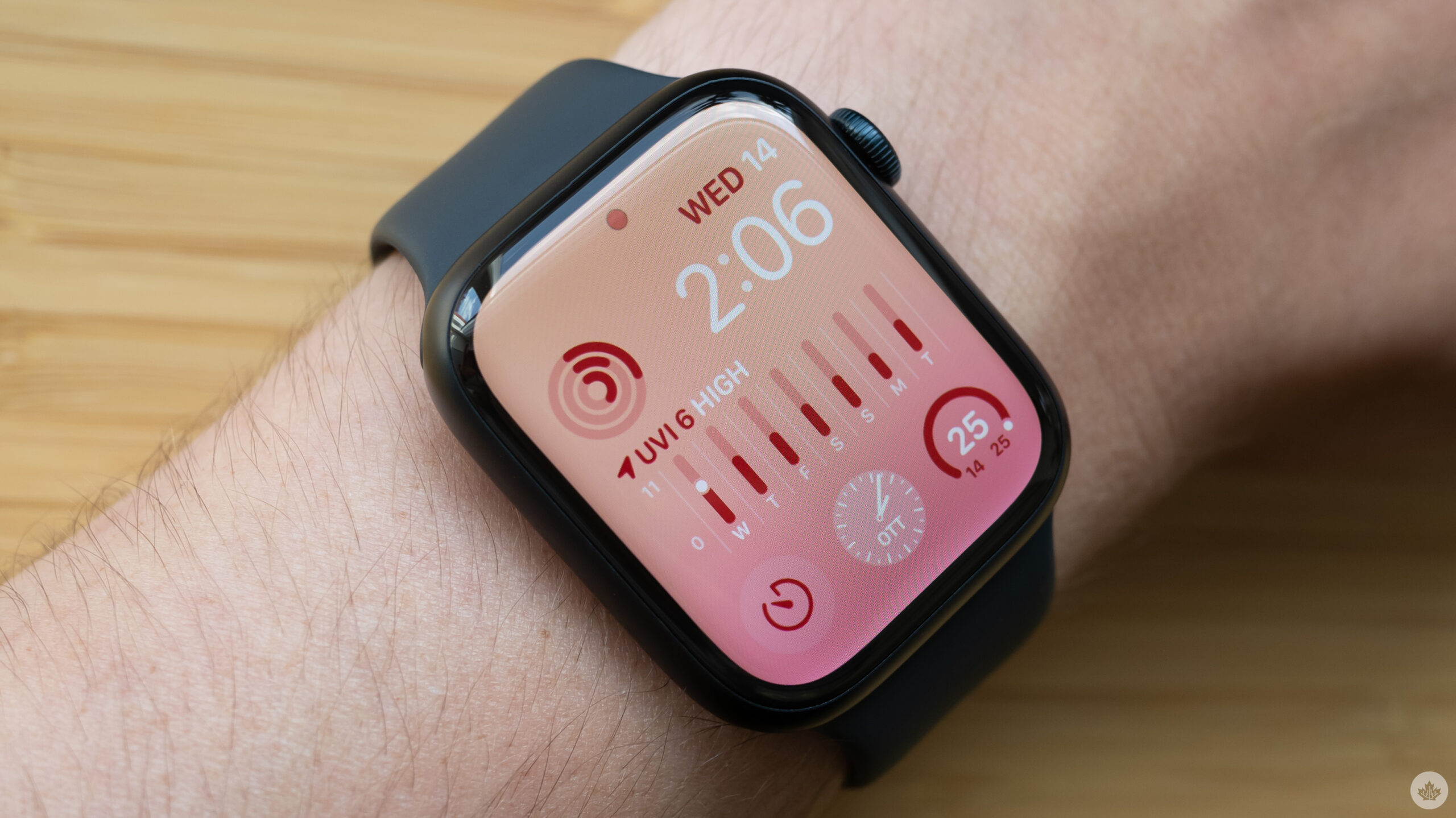Did you miss a session at the Data Summit? Watch On-Demand Here.
Developer kits connecting Esri geospatial data to photorealistic renderings in Unreal and Unity gaming engines were front and center at last week’s Esri’s Developer Conference 2022 in Palm Springs, California. Such tooling is a key step forward for the metaverse.
However, details on a new backend offering also garnered interest. At the event, the company paired its flagship ArcGis Pro geographic information system with a user interface for graph analytics, a graph server and a graph data store. The offering is called ArcGIS Knowledge.
The NoSQL-style graph data technologies, often integrated by applications specialists like Esri, represent a new take on analytics that is gaining momentum.
Unlike table-based relational database management systems (RDBMSs), the graph systems hold data in collections of entities, or nodes — these are connected by edges that describe the relationship between them. Ironically, at least in some instances, the graph data system handles relationships better than the relational system.
The graph data models are depicted in edge-and-node maps that look less like the nested tables of enterprise RDBMS schemas and more like the corkboard investigation maps of TV crime shows.
Mind the graph
Graph analysis is a whole new area for GIS, according to Esri Founder and President Jack Dangermond, with the potential to promote various new kinds of data discovery, as graph technology informs geographic applications, which is a must-have in a host of big data projects.
“It allows us to make link charts and do powerful analysis for a whole group of applications like supply chain analysis, disease tracking and crime analysis,” he told an Esri software confab focused on government apps last month. He said graph analytics’ ability to show how people and things are interrelated will offer a significant enhancement to spatial data processing.
In effect, ArcGIS Knowledge “brings together the world of graph data and geospatial data,” Sud Menon, director of software development at Esri, told attendees at the Palm Springs conference. “The synergy is very powerful. There’s lots of insight that can be gained through analyzing these in conjunction,” he said.
As described at the event, ArcGIS Knowledge supports queries via a version of the openCypher Query language that it has extended for spatial uses. That suggests that developers who want to create their own queries can tap skills useful across other graph engines.
Shifts in graph data delivery
To date, the graph data cause has moved forward based on efforts of native graph database makers such as ArangoDB, Cambridge Semantics, Neo4j, TigerGraph and others, with Neo4j as an especially notable advocate. Established database players like AWS, IBM, Microsoft and Oracle offer native graph databases or graph analytics running on relational engines.
Global graph database market size reached $1.59 billion in 2020 and is expected to register a revenue CAGR of 21.9%, through to 2028, according Emergen Research. Gartner has estimated that, by 2025, graph technologies will be used in 80% of data and analytics innovations, up from 10% in 2021.
Graph capabilities increasingly take the form of embedded systems used as part of a larger system. That is true in master data management (MDM) applications offered by the likes of Informatica and Reltio for master data management. The graph stores underlie fraud detection offerings as well as the geographic supply chain apps noted by Esri.
While emerging graph database vendors are marketing straight to the enterprise, the future may see a greater shift, as ISVs and others design-in graph technologies within applications.
Graph data meets GIS maps
Connecting graph representations of data with geographic data has particular value in many applications, according to Jean Villedieu, cofounder and managing director, Linkurious.
The company is an important player in the graph analytics ecosystem, with a focus on financial crime detection and investigation solutions. Linkurious counts Deloitte, Capgemini and PWC, Neo4j, RedisLabs and others among partners.
“We see people mixing graph and map data to understand the context and gain insights,” Villedieu told VentureBeat. He added that security and fraud detection can especially benefit from such data integrations, as geographic proximity can be a very telling data point.
The company’s skills, along with those of graph database maker Neo4j, were front and center as its software was applied in widely publicized “Panama Papers” investigations. Undertaken by the International Investigative Journalist Consortium, the Panama Papers exposed secret offshore accounts hiding the wealth of world leaders and their associates.
Linkurious sees a mix of customers today, with the bulk coming from direct sales to clients. But partners, including ISVs are a growing portion of the business, Villedieu said. “The next wave will be more about applications that embed these graph technologies within new products.”
Specialist requirements
While agreeing that graph databases show market momentum, one analyst cautioned that supporters of established relational methods may adapt to handle the most common use cases.
“There are quite a lot of graph analytics that can be performed by non-graph platforms,” said Philip Howard, research director for information management at Bloor Research. “However, there are some graph algorithms for which you absolutely need a graph database.”
Graph databases’ best applications, he said, appear where query processing across complex networks of relationships is vital. He cites MDM, transport logistics and data lineage as such examples. Howard describes these as “specialist requirements.”
“Outside of these areas, you don’t really need a graph database. This will limit adoption,” Howard said.
VentureBeat’s mission is to be a digital town square for technical decision-makers to gain knowledge about transformative enterprise technology and transact. Learn More
Note: This article have been indexed to our site. We do not claim legitimacy, ownership or copyright of any of the content above. To see the article at original source Click Here













